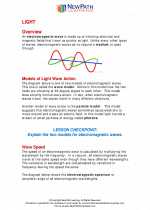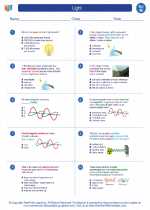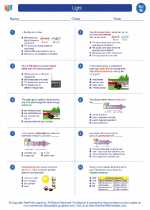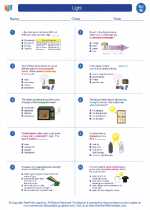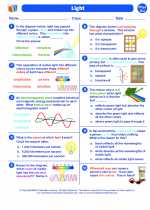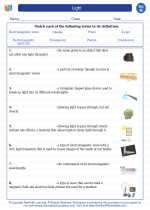Medical Imaging
Medical imaging is a technique used to create visual representations of the interior of a body for clinical analysis and medical intervention. It plays a crucial role in diagnosing, monitoring, and treating various medical conditions. There are several different types of medical imaging technologies, each with its own advantages and limitations.
Types of Medical Imaging
- X-Ray: X-ray imaging uses electromagnetic radiation to create images of the internal structures of the body, such as bones and organs. It is commonly used to diagnose fractures, bone infections, and certain cancers.
- Computed Tomography (CT) Scan: CT scans combine X-rays and computer technology to produce detailed cross-sectional images of the body. They are useful for detecting tumors, internal bleeding, and bone injuries.
- Magnetic Resonance Imaging (MRI): MRI uses powerful magnets and radio waves to generate detailed images of the body's soft tissues, organs, and bones. It is often used to diagnose issues with the brain, spinal cord, and joints.
- Ultrasound: Ultrasound imaging uses high-frequency sound waves to create real-time images of the body's internal structures. It is commonly used for prenatal imaging, as well as to evaluate the heart, blood vessels, and other organs.
- Nuclear Medicine Imaging: This type of imaging involves the use of a small amount of radioactive material, which is injected into the body and detected by a special camera. It is used to visualize organ function and to diagnose conditions such as cancer and heart disease.
Study Guide
To understand medical imaging, it's important to grasp the underlying principles and technologies behind each imaging modality. Here are some key points to focus on:
- Learn about the physics of X-rays and how they interact with different tissues in the body.
- Understand how CT scans create detailed images through the use of X-rays and computer processing.
- Explore the principles of MRI, including the concept of magnetic resonance and the generation of tissue contrast.
- Study the unique properties of ultrasound waves and how they are used to visualize anatomical structures.
- Examine the use of radioactive tracers in nuclear medicine imaging and their applications in diagnosing various conditions.
By mastering these concepts, you'll gain a comprehensive understanding of medical imaging and its role in modern healthcare.
